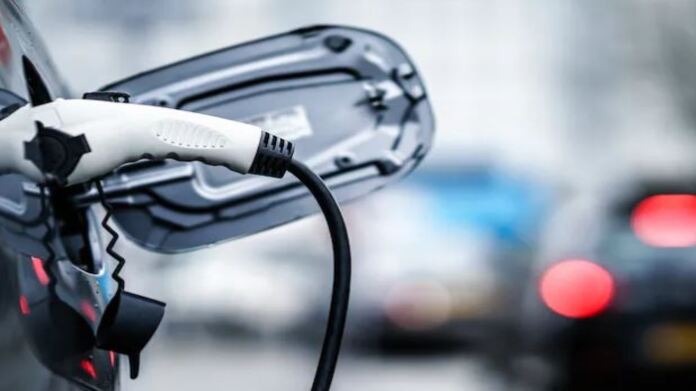


A desire to do something to help save the planet, along with the potential for saving money on fuel and vehicle maintenance, typically rank as the top reasons car buyers explore the EV market. However, electric car range can contribute to anxiety that buyers might feel while deciding to trade in their traditional gasoline engine.
Improvements in electric car batteries have come a long way in recent years. While manufacturers continue to make strides in capacity and recharge times, today’s EVs can easily accommodate most daily driving.
Those drivers who still find the longest-range electric cars are not long enough can consider other options. Anyone with range anxiety can look at partial electrification with plug-in hybrids that also have a gasoline engine on board to achieve longer ranges.
Most drivers are familiar with EPA fuel economy estimates for gasoline-powered vehicles. Electric cars have EPA ratings to explain how far the EV might travel before the battery loses its charge. While gas-powered cars can regularly exceed their EPA mileage estimates, electric vehicles typically fall short of their EPA combined range estimate.
Thanks to regenerative braking, long-range and short-range EVs can perform well in start-and-stop driving during rush hour. This technology allows the battery to extend the electric car range by recapturing energy when decelerating using its electric motor instead of the brakes. However, EVs consume significantly more battery energy at steady speeds on highways during more extended drives. But that shouldn’t let a lower electric car range prevent you from making long getaways.
The 2022 Nissan Leaf S can get about 150 miles from a single charge, a range that makes it a candidate for shorter commutes and in-town errands. For comparison, the 2022 Chevrolet Bolt can go about 259 miles. The longest-range EVs, such as the 2022 Tesla Model S, can go about 400 miles or more on a single charge.
Using any electric car for a long-distance road trip can involve careful planning for where to charge the battery. According to the U.S. Department of Energy’s Alternative Fuels Data Center, nationwide public charging stations increased in number by 58% from 2020 to 2021. Still, those 50,054 stations and 128,474 charging outlets are far less common than gas pumps.

Specifications for EVs include terms not found with their gas-powered counterparts – kilowatt-hours (kWh) and kilowatts (kW). A simplified — very simplified — way to think of these terms is that kilowatt is similar to horsepower, and kilowatt-hours is like talking about the size of the tank.
A fully electric car needs energy from the battery to run the motor. The size of the battery gets measured in kilowatt-hours. Engines get listed in terms of peak output addressed in kilowatts.
Charging an EV battery can be done at home or at public charging stations. Three types of chargers are available. Compare the charging speed of different methods or chargers by looking at miles gained per minute of charging.
Level 1 charging is the slowest and uses a standard household 120-volt outlet and gains about five miles per hour of charging.
Level 2 uses a 240-volt electrical circuit typically used in homes for electric dryers. This method can capture about 35 miles or more per hour of charging. Most public charging stations offer Level 2 chargers.
Level 3 DC fast chargers supply a tremendous amount of power to an electric car battery. Newer EVs can charge from nearly empty to around 80% capacity in as little as 30 minutes using a Level 3 charger. These chargers make up less than 20% of the charging outlets available in the U.S.
A plug-in hybrid electric vehicle, or PHEV, features a larger battery pack than a conventional hybrid. The battery allows for short-distance drives of about 25 miles using only the battery. A commuter with a 20-mile one-way drive and a place to charge at work could use no gasoline. The plug-in hybrid’s gas engine will cycle on occasionally to ensure that the fuel in the tank doesn’t go bad.
As long as there’s gas in the tank, a PHEV acts as a traditional hybrid using a combination of the gas engine and the electric motor. Hybrids with plugs can add a little charge in particular driving, such as heavy braking or long-distance downhill coasting.
Plug-in hybrids don’t take too long to charge because their batteries are smaller than those of an all-electric car. You can use public charging stations along the way to long-distance destinations in your PHEV. Many newer plug-in hybrids allow the driver to “bank” electric charge to use it when they see fit. For example, using the battery at lower speeds where they may get more miles out of the battery than at highway speeds where the stored energy depletes faster.
A hybrid that plugs in is a good option for some drivers because it combines a gas engine with the desire for some emissions-free driving without being anxious over a short electric car range.